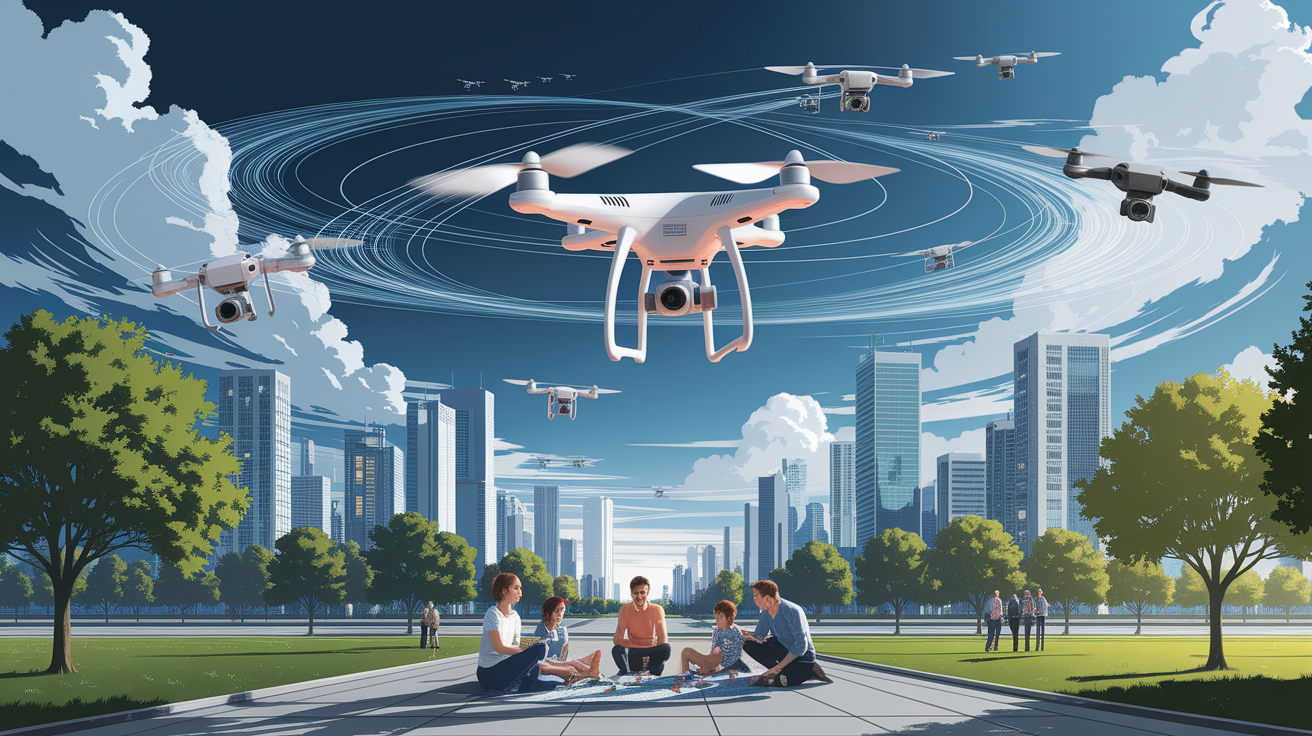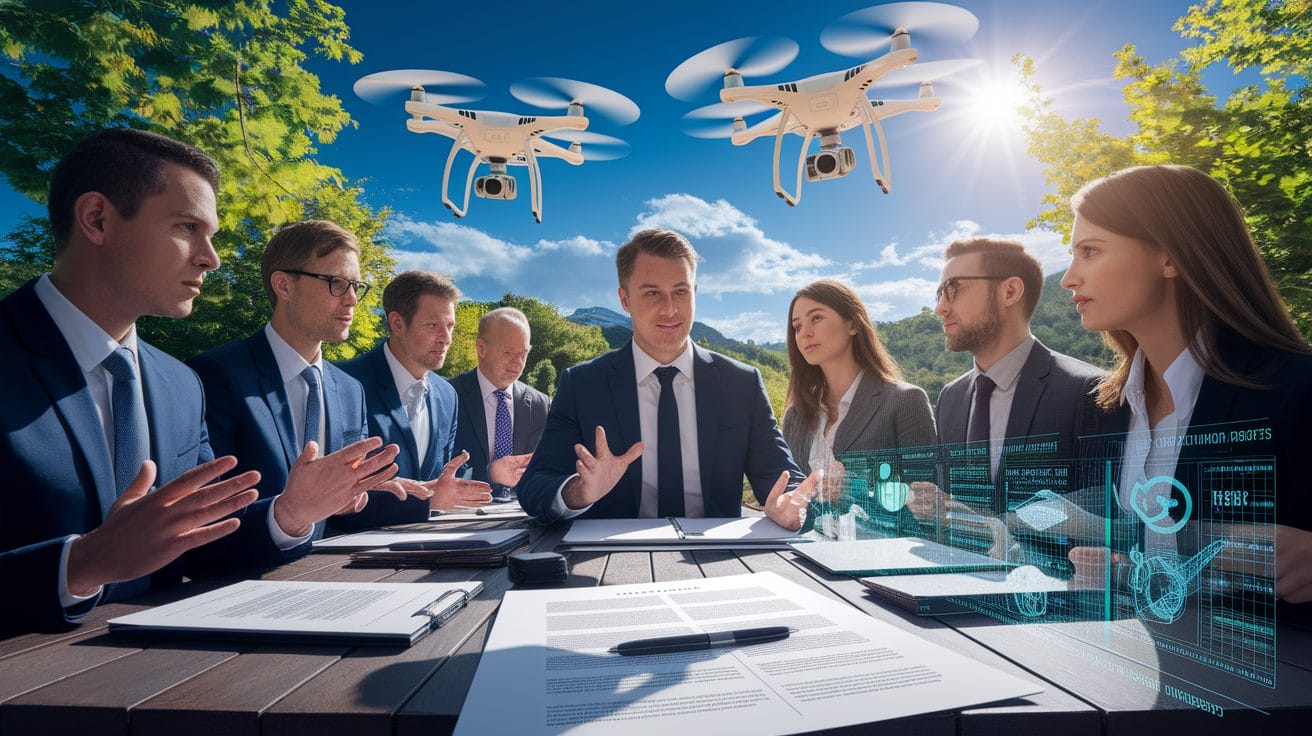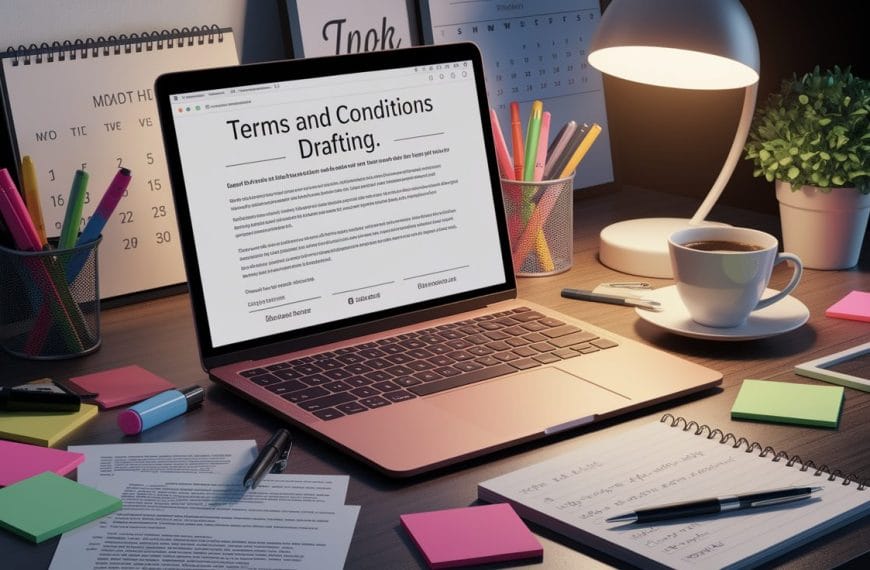Understanding drone-law-privacy-regulation Fundamentals
Drone law and privacy regulation can feel overwhelming — like standing at the base of a towering mountain without climbing gear. But you can navigate it with the right map. In the United States, the regulatory landscape is shaped by a delicate interplay between federal and state rules. At the federal level, the FAA governs unmanned aircraft systems (UAS) under frameworks such as Part 107, which sets requirements for commercial drone pilot certification, operational limits, and airspace safety. This includes mandates like Remote ID for drones over 250g and strict no-fly zone restrictions.

However, when it comes to privacy — especially surveillance and data collection — oversight often shifts to state law. States like California, Florida, and Texas maintain specific rules against unauthorized aerial surveillance of private property without consent, acknowledging the principle that people have a “reasonable expectation of privacy” in certain spaces. You can explore state-by-state drone laws to see how these protections vary.
Think of federal law as controlling the “where” and “how” of drone flight, while state law governs the “what” and “why” regarding privacy. Understanding both is crucial if you want to operate legally and ethically.
Conducting a Privacy Impact Assessment for Drones
Where does your drone’s camera point? What data does it collect? These questions form the core of a Privacy Impact Assessment (PIA). A PIA is a structured process to identify potential privacy risks before taking off.

In simple terms, a PIA is like a safety inspection before a long flight — checking not just the propellers, but the ethical compass of your operations. Here’s how to approach one:
- Define the purpose – Be crystal clear about why you are collecting data or imagery. If it’s for commercial purposes, see Part 107 requirements.
- Identify data types – Include photos, videos, biometric data, or location tracking.
- Assess sensitivity – Will the data capture individuals in private settings? Does it fall under surveillance laws?
- Evaluate compliance – Compare your plan with applicable federal, state, and possibly international rules like the GDPR for European operations.
- Plan for storage and deletion – Decide how long to retain collected data and how to securely dispose of it.
By following this process, you turn a potential legal minefield into a well-marked flight path.
Implementing Compliance Procedures
Compliance is not a one-time checklist — it’s a continuous process, almost like maintaining a drone itself. Neglect it, and things can spiral into airspace violations or privacy complaints.

Practical compliance steps include:
- Registering with the FAA if required by drone weight and use.
- Obtaining a Commercial Drone License (Part 107 Remote Pilot Certificate) for non-recreational flights.
- Checking No Fly Zone maps and obtaining flight permissions where needed.
- Training your team on privacy rights and state-specific aerial surveillance laws.
- Implementing consent protocols when capturing imagery in potentially private spaces.
- Regularly reviewing both FAA updates and state statutes to stay current as rules evolve.
If you operate across multiple states, you must adapt your flight plans to the stricter of any applicable laws. This approach shields you from unexpected penalties.
Leveraging Technology for Privacy Assurance
Can technology help you comply with privacy laws? Absolutely. It’s like having an autopilot setting that ensures you avoid problematic territory.
- Geofencing – Automatically prevents your drone from entering restricted or sensitive zones.
- Automatic face blurring – In video and photo processing to respect individual privacy rights.
- Encrypted data storage – Protects collected information from unauthorized access.
- Remote ID integration – Complies with 2025 FAA enforcement and helps authorities identify your aircraft in real time.
- Consent management apps – Record and maintain permissions where applicable.
Used well, these tools reinforce compliance while building trust with clients and the public.
Demonstrating Benefits of Compliance
Why make the effort? Because smart compliance is an investment. Statistics show that over 65% of commercial drone operators who implement formal privacy policies report higher client retention and fewer legal disputes within a year.
By aligning with both federal and state privacy laws, you not only avoid fines but also position yourself as a responsible operator. This can lead to:
- Stronger business reputation
- Access to contracts that demand documented compliance
- Lower liability insurance premiums
- Improved community relations and reduced complaints
That’s the payoff — safer flights, legal security, and a solid professional standing. When your operations respect privacy from lift-off to landing, you’re not just following rules; you’re building a runway to long-term success.







